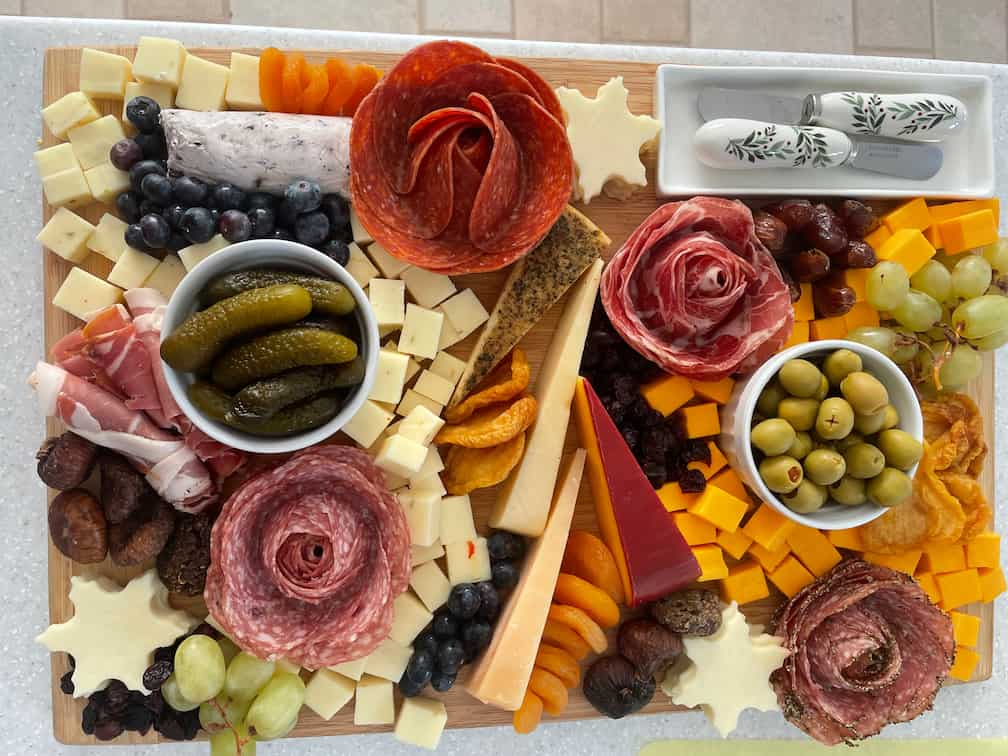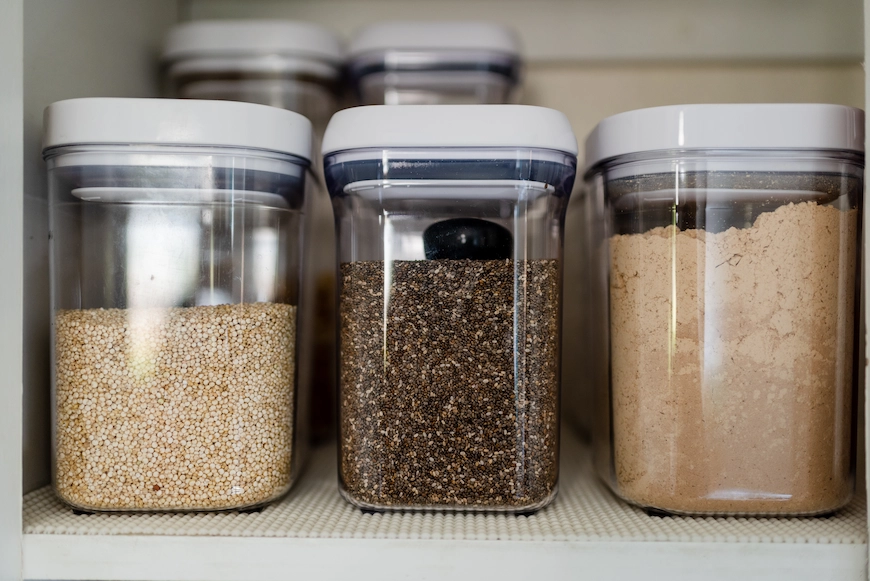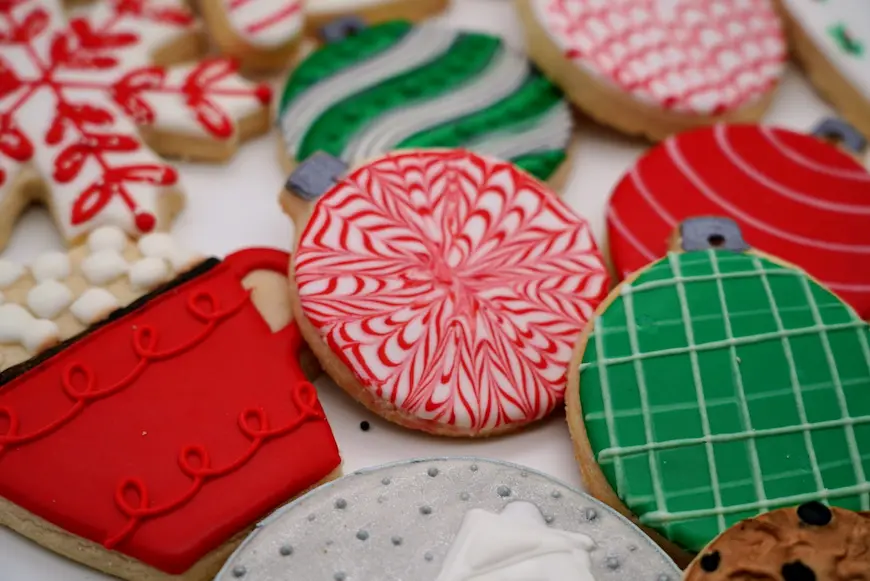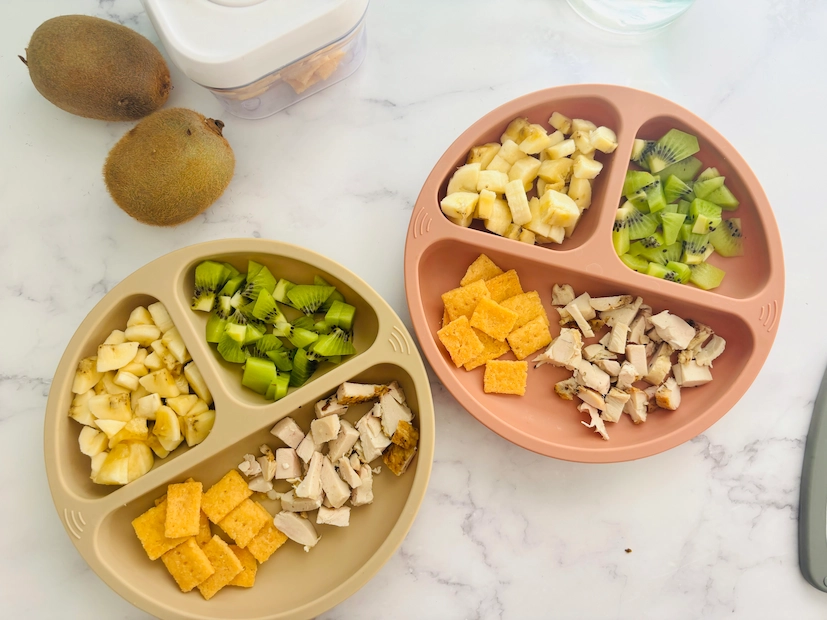This post contains affiliate links. If a purchase is made by clicking on a link, I will get a small commission at no extra cost to you.
Charcuterie boards are the perfect side dish for any occasion and in any season of the year. Charcuterie boards have become the ultimate crowd-pleasers at gatherings, offering a delightful mix of flavors and textures that cater to diverse palates. Whether you’re hosting a formal dining party or a casual get-together, a well-crafted charcuterie board can elevate your event. Here’s a step-by-step guide to assembling the perfect charcuterie board (on a budget) that’s sure to impress your guests.
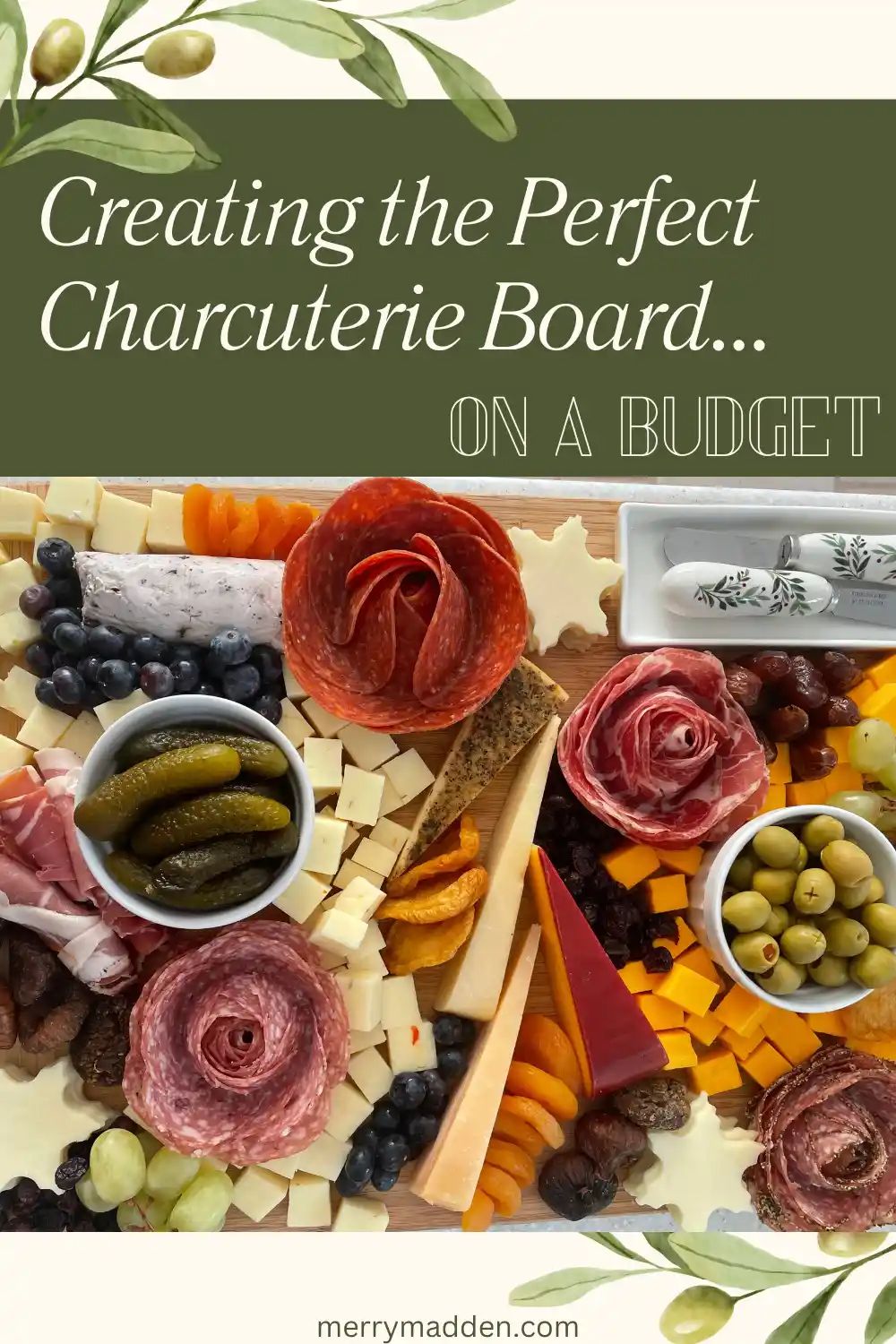
Calculate Your Guest List
How many people are you inviting to your party? Subtract 20% from that number, as it's a good estimate of how many guests may not attend. For example, if you're hosting a Thanksgiving or Christmas party and plan to invite 30 people, expect around 6 not to show up (calculated by multiplying 30 by 0.20 = 6). This means approximately 24 people are going to attend the party.
Does this mean you need to buy enough meats and cheeses for 24 people? No, not necessarily. Unless you plan on only having a charcuterie board as the main food, you do not need to get charcuterie foods for all 24 people. Some people have allergies (gluten, dairy, nuts) and won’t graze on the charcuterie board. At a party, you will have other foods, so people will have a little bit of everything.
For a party where you are inviting 30 guests, expect around 24 to attend and buy enough charcuterie foods for 8-10 guests. This is the most budget-conscious method. If you’d rather have plenty of food with leftovers, you can buy for 30 guests. It’s entirely up to you!
After hosting parties over the last 10+ years, I’ve found that 9 out of 10 times, there are always leftovers. Since charcuterie boards shouldn’t be kept out of the fridge for more than 4 hours (after which you’ll need to toss the food), it's best to avoid food waste by leaning on the conservative side and buying a little less than the total guest count.
Choose Your Board
The foundation of your charcuterie masterpiece is the board itself. Opt for a large wooden Or bamboo board, a marble slab, or a sleek slate platter. The size should be proportional to the number of guests.
12x18 inches to 14 inches is ideal for 4 to 6 people.
16x24 inches to 18x32 inches are perfect for serving 8 to 10 people.
Pro Tip: I use a large bamboo cutting board as my charcuterie board. I can use it in the beginning to slice my cheeses!
Select Your Meats (2 ounces per person)
Meats are the star of the show. Aim for a mix of textures and flavors:
Prosciutto: Thinly sliced and slightly sweet.
Pepperoni: Slightly spicy, smoky flavor.
Salami: Spicy or mild, depending on preference.
Capicola: Rich and flavorful.
Arrange these in a fanned or rolled presentation to enhance visual appeal.
Pick Your Cheeses (2 ounces per person)
A well-rounded cheese selection includes a variety of textures and tastes. Here are some cheeses to pick from:
Soft Cheese: Brie, Chèvre (Goat cheese), Camembert, Cream Cheese, Ricotta, Feta, Mascarpone, Blue Cheese, Roquefort, Gorgonzola, or Neufchâtel. Hard Cheese: Aged Cheddar, Cheddar, Parmesan (Parmigiano-Reggiano), Pecorino Romano, Aged Gouda, Gruyère, Aged Asiago, Manchego, or Comté.
Pro Tip: Aldi and Grocery Outlet both have a great selection of inexpensive cheeses to choose from!
Get to Know Soft Cheese!
Soft cheeses are cheeses that have a creamy, spreadable texture due to their higher moisture content. They tend to be more delicate and can range from mild to tangy in flavor. Here are some common examples of soft cheeses:
- Brie: A soft, buttery cheese with a white rind and creamy interior.
- Goat Cheese (Chèvre): A tangy, soft cheese made from goat’s milk.
- Camembert: Similar to Brie but often has a stronger, more earthy flavor.
- Cream Cheese: A smooth, spreadable cheese with a mild flavor, often used on bagels or in desserts.
- Ricotta: A mild, slightly grainy cheese often used in Italian dishes.
- Feta: A crumbly, salty cheese often found in Mediterranean dishes, though some varieties are soft and spreadable.
- Mascarpone: A rich, creamy cheese often used in desserts like tiramisu.
- Blue Cheese: A type of cheese characterized by blue or green mold veins, which impart a tangy, sharp flavor and a creamy or crumbly texture.
- Roquefort: A French blue cheese made from sheep's milk, known for its creamy texture and strong, tangy flavor with distinctive blue veins.
- Gorgonzola: An Italian blue cheese made from cow's milk, varying from creamy and mild to crumbly and sharp, with distinctive blue veining.
- Neufchâtel: Similar to cream cheese, but slightly tangier and less rich.
These cheeses often need to be refrigerated and are best served fresh, as they can spoil more quickly than harder cheeses.
Pro Tip: Use cookie cutters to cut out cute shapes out of softer cheeses, like sliced cheddar cheese.
Get to Know Hard Cheese!
Hard cheeses are cheeses with a lower moisture content, making them firmer in texture. They are often aged for longer periods, which intensifies their flavors and gives them a more crumbly or dense consistency. Here are some common examples of hard cheeses:
- Cheddar: A firm, slightly crumbly cheese that can range from mild to sharp, depending on its aging.
- Parmesan (Parmigiano-Reggiano): A very hard, crumbly, and sharp cheese often grated over pasta or used in cooking.
- Pecorino Romano: A hard, salty cheese made from sheep’s milk, often used in Italian cuisine.
- Gouda (Aged): While young Gouda is semi-soft, aged Gouda becomes firmer, drier, and crumblier with a nutty flavor.
- Gruyère: A Swiss cheese that starts semi-firm but becomes harder and more flavorful as it ages.
- Asiago (Aged): A firm Italian cheese that is smooth when young but becomes harder and more crumbly with age.
- Manchego: A Spanish cheese made from sheep’s milk, known for its firm texture and slightly tangy, nutty taste.
- Comté: A French cheese similar to Gruyère, with a firm texture and nutty, slightly sweet flavor.
Cut some cheeses into bite-sized pieces or wedges and leave others whole. Consider adding a cheese knife for easy serving.
Add Fresh and Dried Fruits (4 ounces per person)
Fruits add a fresh and sweet balance to the savory elements:
Fresh Fruits: Grapes, blueberries, apple slices, or figs.
Dried Fruits: Apricots, dates, pears, cranberries or raisins.
Arrange these in clusters or scatter them across the board to add pops of color.
Include Nuts (2 tablespoons per person)
Nuts: Almonds, walnuts, cashews or pistachios.
Pro Tip:You can get more nuts for less per pound at Costco.
Include Crackers (4 ounces per person)
Crackers: Opt for a variety such as water crackers, breadsticks, or crostini.
Place these in small bowls or spread them around the board for easy access.
Nuts and crackers provide crunch and complement the cheese and meats:
Add Pickles and Preserves
A touch of acidity and sweetness balances out the richness of the meats and cheeses:
Pickles: Gherkins, olives, or pickled onions.
Preserves: Fig jam, honey, or mustard.
Small bowls or jars work well for these items, keeping them contained and easily accessible.
Garnish and Arrange
Presentation is key. Here are some tips for a visually stunning board:
Balance: Distribute items evenly, alternating colors and shapes.
Height: Use bowls or stacked items to create visual interest.
Pro Tip: Check out your nearest Good Will to find ceramic ramekins, and other fun dishes that can add some character to your board.
Consider adding some fresh herbs like rosemary or thyme as a garnish. They not only enhance the visual appeal but also add a fragrant touch.
Serve with Style
Provide small tongs, cheese knives, and toothpicks to make it easy for guests to serve themselves. Ensure there are enough plates and napkins for everyone.
Let it Sit
Allow the charcuterie board to sit at room temperature for about 30 minutes before serving. This helps the cheeses and meats reach their optimal flavor and texture.
Final Thoughts
Designing the perfect charcuterie board is as much about creativity and presentation as it is about taste. By thoughtfully selecting and arranging a variety of ingredients, you create a visually stunning and delicious spread that will leave your guests raving. Remember, there’s no one “right” way to build a charcuterie board—experiment with different combinations and find what works best for you and your gathering. Happy hosting!
I'd love to read your own charcuterie board tips or favorite combinations in the comments below!
